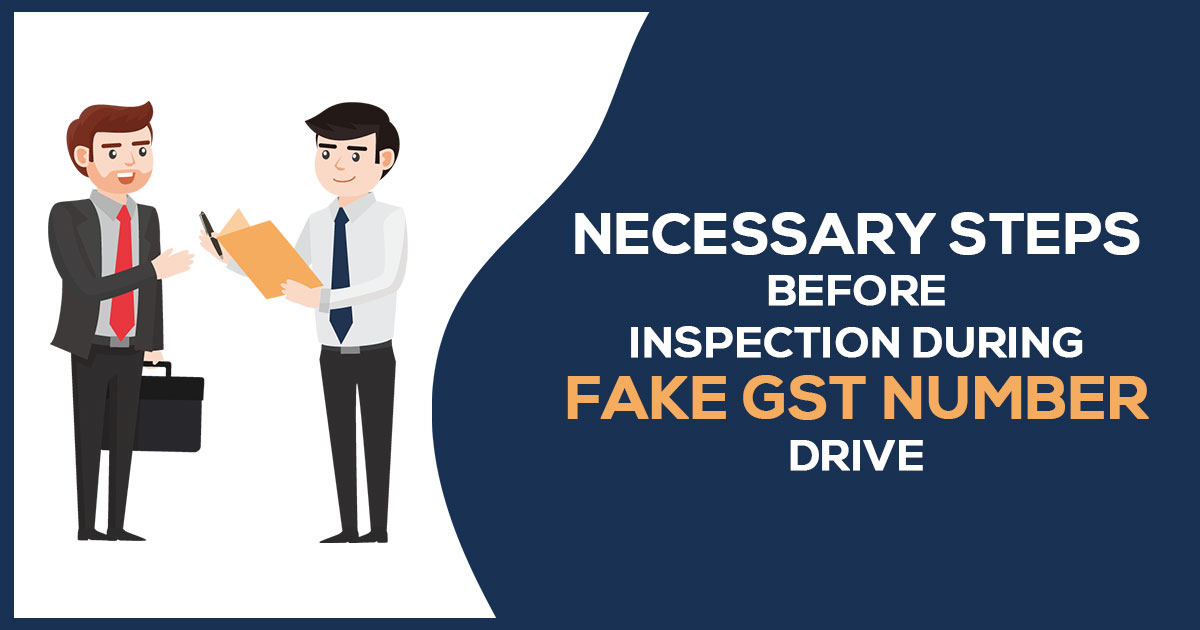
All Central and State tax authorities in India have launched a special drive campaign for GST registrations, to catch suspicious or fake businesses, verify them, and then take additional corrective action to remove them from the GST eco-system and protect government revenue. GST officers may visit your company’s location as part of this move.
5 Steps to Avoid Fines or Penalties While Driving
Here are 5 steps you can take to avoid getting fined or penalized during a fake GST registration drive. Basically, these are related to the signboard, the certificate, sale and purchase entry, returns, etc.
They May Place a Sign Board Displaying the GST Number and Registration Certificate
As previously mentioned, two essential actions could be taken by them putting a signboard with the GST number and a clear display of the GST registration certificate mentioned on it. The identification of registered enterprises and the development of stakeholder confidence are two ways that these strategies promote transparency.
They May Display Your Registration Certificate
The presentation of the GST registration certificate is another crucial component that GST officers inspect while on a visit.
They May Go Through the Register of Sales and Purchases
The sale and purchase registers kept by the company may be examined by GST officers during a site visit. For effective tax compliance, these registers are essential as a record of all transactions, including sales and purchases. The officers will check to see if the registers are accurate, have all the relevant information, and match the data given in the GST forms.
Businesses must actively keep these registers, precisely noting each transaction with important information including invoice numbers, customer or supplier data, taxable amounts, and applicable tax rates, in order to assure compliance.
They May Check Filed GST Returns
The GST regime directs the regular filing of returns, on the grounds of the category in which the taxpayer falls in. During the visit of an entity, GST officers may verify the returns filed by the enterprise. They will evaluate whether the returns have been filed within the given deadlines if correct tax calculations have been made, and if any differences exist.
Businesses should make sure that they have filed GST returns timely and accurately, taking care to reconcile the information furnished in the returns with the corresponding sales and purchase registers.
They May Check the Registration of Other Business Locations
The registration of additional places of business may be scrutinised by GST officers in situations where enterprises operate from various locations. According to GST legislation, businesses must register all extra locations. If you don’t, you risk non-compliance and penalties.
Businesses with many locations should make sure that all of their branches or additional sites are properly registered, showing their associated GST registration numbers, and following all applicable compliance regulations.
Conclusion: The visits by GST officers to business locations go beyond the usual inspections of signboards and registration documents. The examination also includes the registration of additional locations of business, returns submitted, and sale and purchase records. For firms to maintain transparency, follow tax laws, and promote stakeholder trust, compliance with these demands is essential.
Businesses should keep accurate and current sale and purchase registers, file GST returns on time, and register any additional locations as necessary to ensure compliance during GST officer inspections.